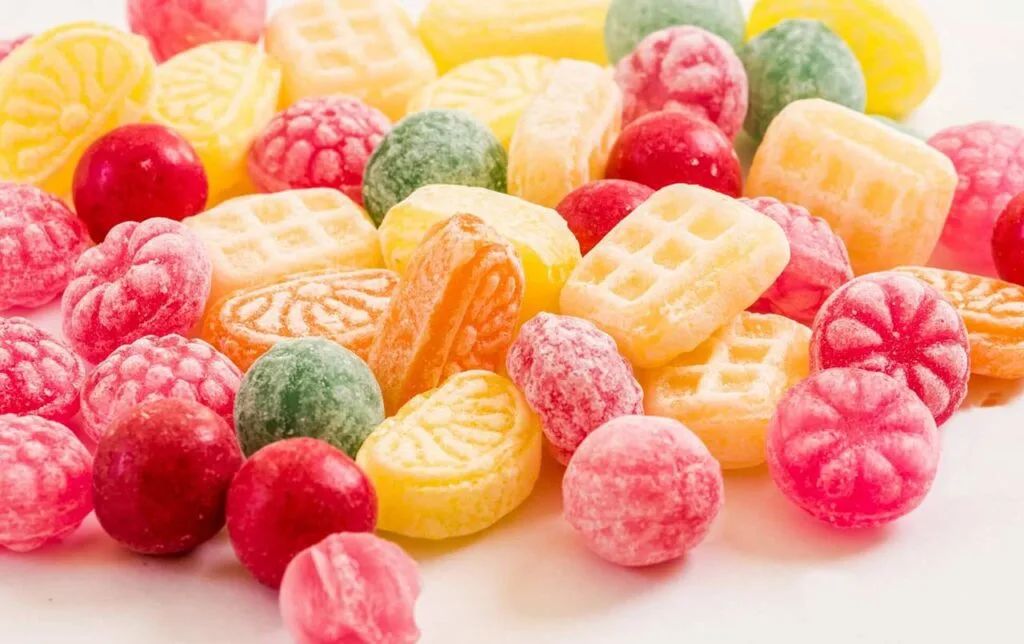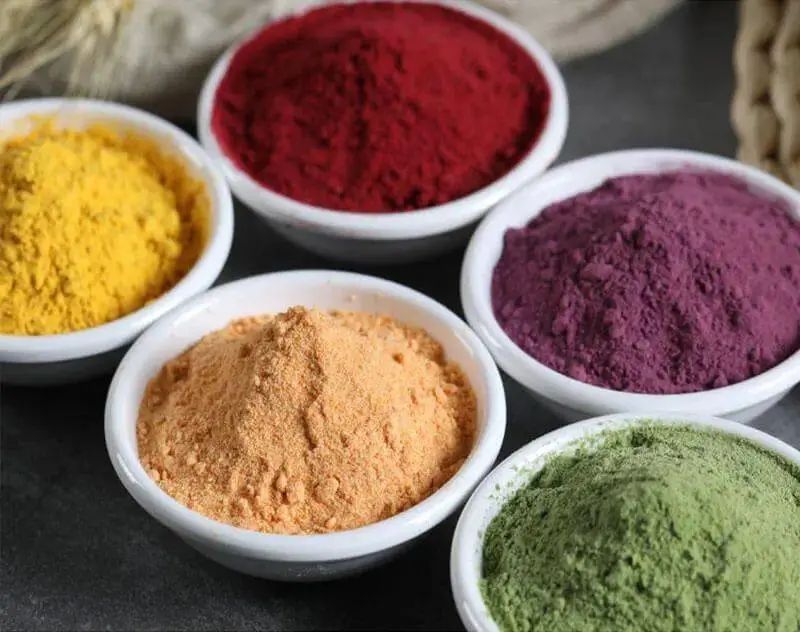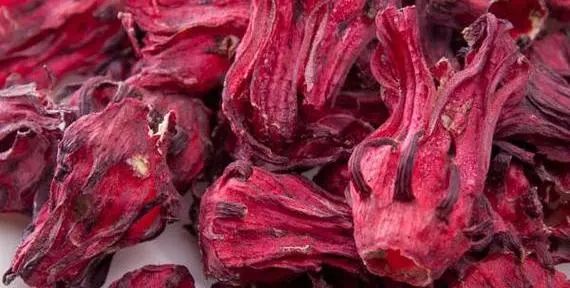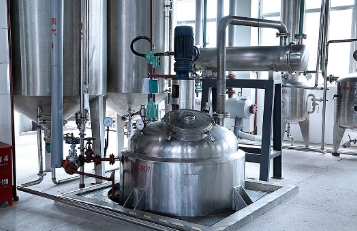close
Choose Your Site
Global
Social Media
Views: 16 Author: Site Editor Publish Time: 2023-09-27 Origin: Site






The appearance of food is challenging to maintain for an extended period. During processing, storage, or cooking, the inherent natural pigments in food can change due to temperature fluctuations, moisture loss, or damage. This can result in discoloration, fading, or even loss of color. To address this, companies add edible dyes during food processing to improve and restore the natural color deterioration of the product.

Natural pigments extracted from animal and plant tissues, as well as minerals, include microbial pigments, plant-based pigments, and mineral-based pigments.
Advantages
Health Benefits: Natural pigments are typically easier for the human body to digest and absorb, making them healthier than chemical dyes. Some of them are inherently nutritious (e.g., β-carotene), or have certain pharmacological effects (e.g., peanut skin red, mulberry red).
Sustainability: They come from nature and can be sourced in sustainable ways, reducing the environmental burden.
Variety: Natural pigments offer a wide range of colors, from the red of lycopene in tomatoes to the green of chlorophyll and the purple from grape skin.
Disadvantages
Poor Color Stability: Natural pigments are generally less stable under conditions like light exposure, temperature changes, and varying pH levels. This means they may fade or change color in certain circumstances, diminishing the quality and appearance of the product.
Significant Product Variation: Due to differences in raw materials, origins, or processing methods, there can be significant variation between products.

Artificial Dyes
They are primarily produced from aniline dyes separated from coal tar, hence they are also known as coal tar dyes or aniline dyes.
Advantages
Stability: Chemical dyes are typically more stable and are not easily affected by light, heat, or acidic and alkaline environments, making them popular in processed foods and cosmetics.
Controllability: Their colors can be more easily adjusted and controlled to meet various requirements.
Wide Application: Chemical dyes are widely used in the fields of food, cosmetics, pharmaceuticals, and more.
Disadvantages
However, their safety is questionable. Nowadays, there's significant debate regarding artificially synthesized colorants, and regulations concerning them are frequently modified across countries.
Health Considerations
NOTICE
Both natural and artificial dyes play crucial roles in our lives. The choice of which dye to use depends on the specific needs of the product and individual preferences. However, we need to ensure that any dye used complies with safety and regulatory requirements to guarantee the health and safety of consumers.
NEW
Understanding a Natural Pigment — Anthocyanins
The Hibiscus discussed in our previous article is rich in anthocyanins. Also known as flavylium salts, anthocyanins are water-soluble natural pigments widely found in plants and belong to the flavonoid group within phenolic compounds. They primarily include pelargonidin, cyanidin, delphinidin, malvidin, ipomoea, and malva.
Under different pH values in plant cell vacuoles, anthocyanins render petals with a spectrum of vibrant colors.
Purple: When anthocyanins are in a neutral or alkaline environment, they usually appear purple. This is because anthocyanin molecules can form a purple ionic form under neutral or alkaline conditions. Purple foods like blueberries, blackberries, and purple yams are rich in anthocyanins.
Blue: In certain alkaline environments, anthocyanins can also present as blue. This is due to the blue hue of the anthocyanin ions under alkaline conditions. Some grape varieties and the anthocyanins in blueberries can give food a blue appearance.
Red: When anthocyanins coexist with acidic substances, they can appear red. Under acidic conditions, anthocyanin molecules undergo structural changes, producing a red form. This is why some red wines, grape wines, and grape juices can range from deep red to purplish-red.
Deep Purplish-Red: In some foods, especially where acidic and alkaline components coexist, anthocyanins might appear deep purplish-red. This color is common in certain vegetables like red cabbage and some fruits like red grapes.
Nature boasts over 300 different anthocyanins. They originate from various common fruits and vegetables in our daily life, such as purple yams, Hibiscus, sour fruit vines, blueberries, black goji berries, grapes, black currants, carrots, and red cabbage.
How can we extract anthocyanins from Hibiscus?
Collection and Preparation: First, choose mature dried flower calyces of Hibiscus to ensure high-quality raw materials.

Water Extraction: The dried flower calyces of Hibiscus are soaked in hot water under atmospheric or high pressure. They are then adsorbed onto a non-polar macroporous resin, and the anthocyanins are extracted through the intermolecular forces between water molecules and the anthocyanins.

Concentration to Form an Extract: After extraction, the liquid typically needs to be concentrated to reduce its volume while increasing the concentration of the anthocyanins. This stage often involves removing excess water, making the extract more concentrated and viscous.

Spray Drying: The extract in its liquid form needs to be converted into a powder using spray drying techniques. In this process, the extract is sprayed through specialized atomizing nozzles to form tiny droplets, which are then exposed to a hot air stream to rapidly evaporate the moisture. This process removes the water content from the extract while retaining the integrity of the anthocyanins, resulting in a fine powder.

Packaging and Storage: The final Hibiscus anthocyanin powder should be stored at temperatures below 25°C and at a relative humidity of less than 65%. It should be kept away from direct exposure to highly humid air to maintain its stability and quality.